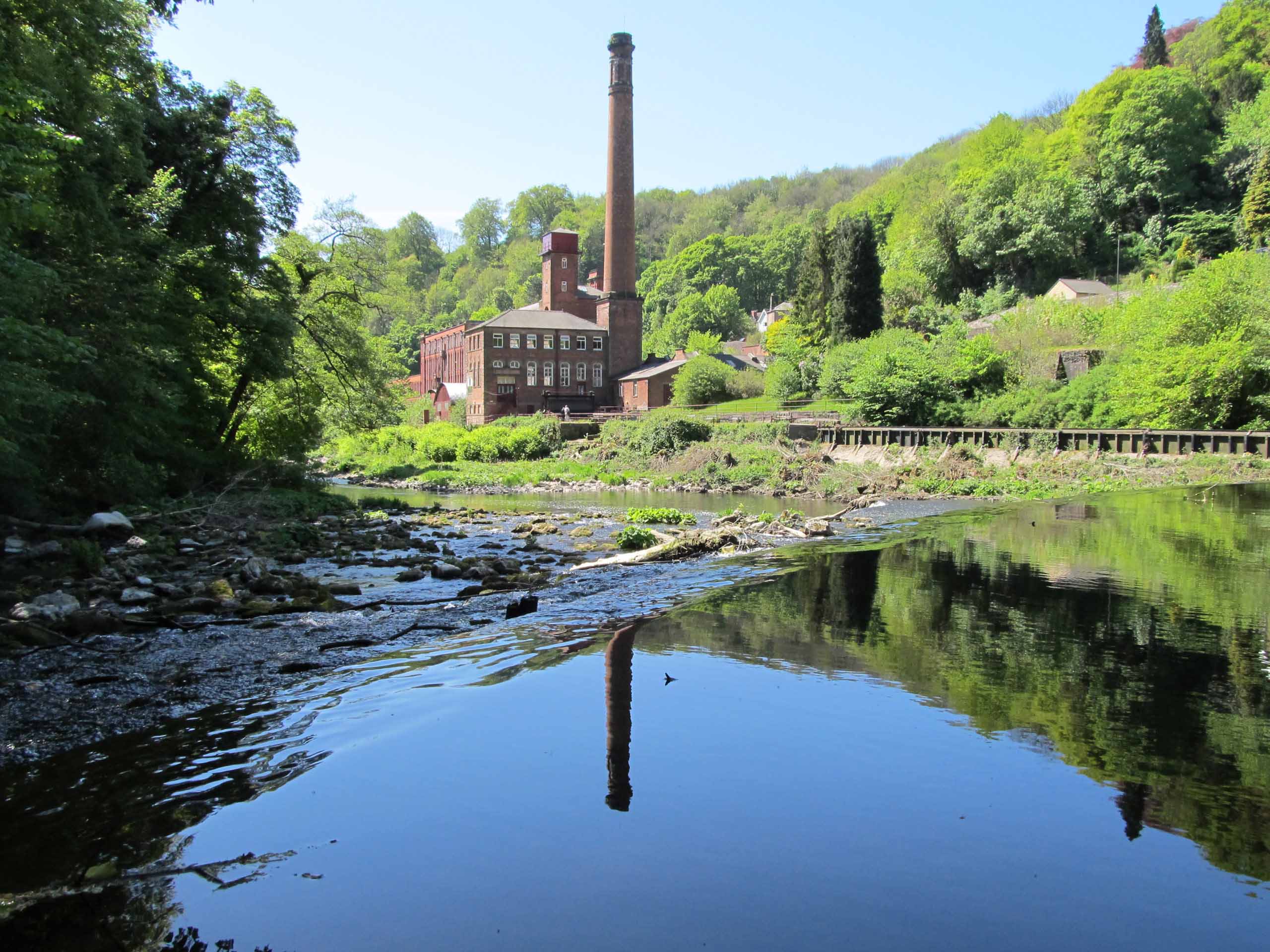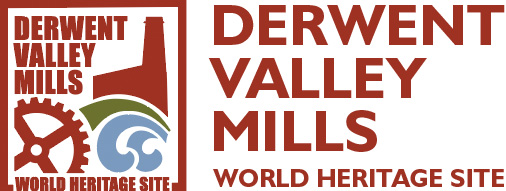Masson Mills was built by Sir Richard Arkwright in 1783 to utilise the water power of the River Derwent for the mass production of spun cotton. The mills are part Derwent Valley Mills UNESCO World Heritage Site and are now home to a textile museum, visitor centre, offices and meeting and event spaces. The entire site is still powered by the River Derwent today producing renewable energy via hydro electric turbines.

The History of Masson Mills
Masson Mill was built in 1783 and proclaims Arkwright’s growing wealth and self confidence. Unlike the mills at Cromford, it is built on a major river, the river Derwent, which offered Arkwright the opportunity of a power source ten times greater than he enjoyed at his Cromford site.
Constructed in brick on a gritstone base, with stone quoins and window dressings, the original 21 bay 5 storey building was 43.8 metres long and 8.4 metres wide.
Water Power
Arkwright’s mill was powered by a single waterwheel which, by 1801, had been replaced by two, a system which continued (with replacement wheels by Wren and Bennet in 1847) until turbines were installed in 1928. In its original form, the mill was built with a high parapet which concealed a low pitch roof but probably at the same time as the second wheel was added c. 1800, the roof was raised, as a result of which the mill acquired a useable sixth storey.
Masson Mills is the trading name of Needles And Haystacks Ltd a company registered in England under company registration number 13177444 and whose registered office is situated at Sir Richard Arkwright’s Masson Mills, 41 Derby Road, Matlock Bath, Derbyshire, England, DE4 3PY and whose VAT number is 406593980




